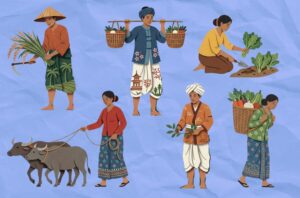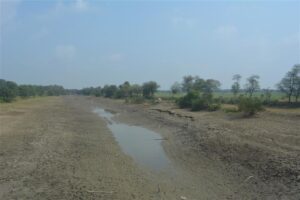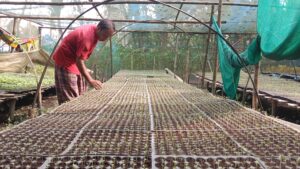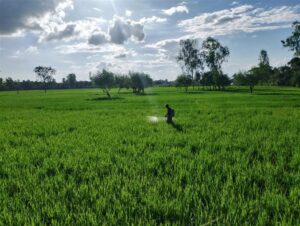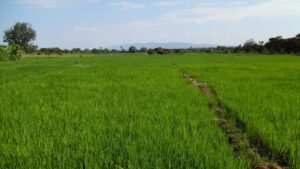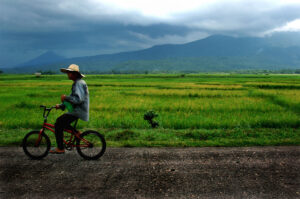By Bushra Humaira
As the world faces increasing climate challenges, biodiversity is emerging as one of most important components for future-proofing our planet. Biodiversity plays a critical role in sustaining life on Earth as it safeguards our ecosystem. On this International Day for Biological Diversity, the International Rice Research Institute (IRRI) is working towards protecting and promoting biodiversity in rice-based agrifood systems to ensure global food security for half of the world’s population.
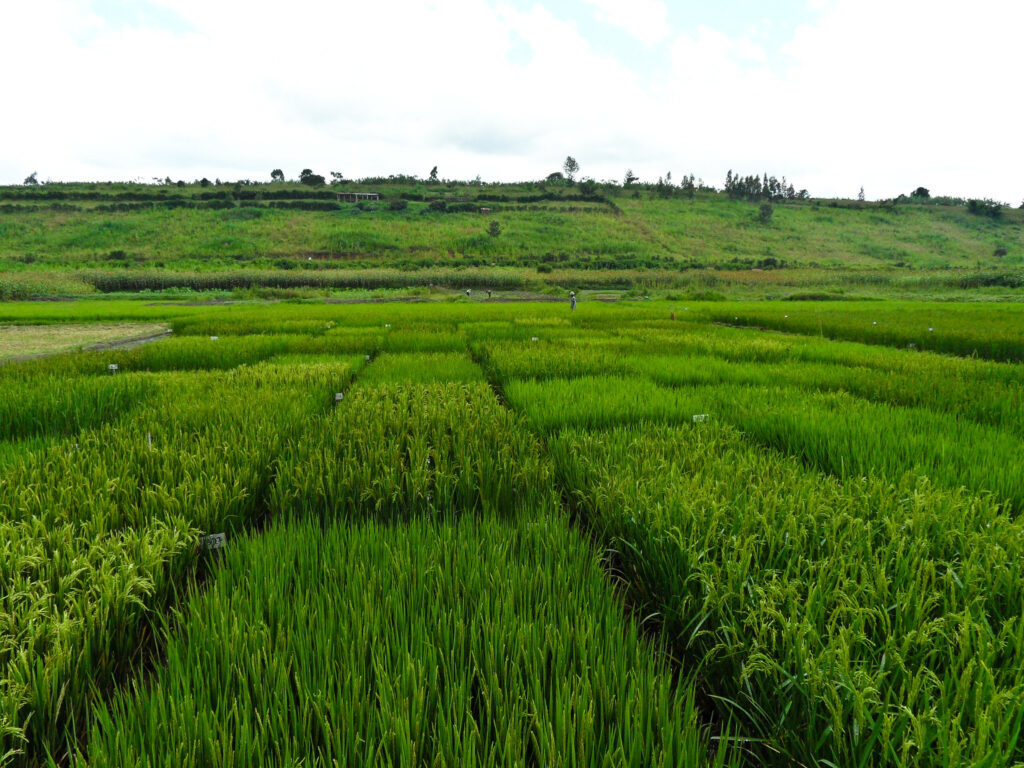
Why it matters
Biodiversity refers to the variety of life on Earth. This natural wealth forms the foundation of healthy ecosystems, resilient agriculture, and human well-being.
However, global biodiversity is under threat. Climate change, habitat destruction, pollution, monoculture farming, unsustainable practices, and industrial expansion are accelerating the loss of species and ecosystems. For agriculture, especially rice farming, it means that this loss can translate into lesser genetic resources, fewer crop options, increased vulnerability to pests and diseases, and degraded soil and water systems.
At the same time, global population growth continues to increase demand for food, making the resilience of our agricultural systems a top priority.
Biodiversity in agrifood system helps meet this challenge in several critical ways:
- Climate adaptation and mitigation: Genetic diversity enables the development of rice varieties that tolerate abiotic stresses (e.g., drought, flooding, salinity, cold and heat) and resist abiotic stresses (pest and disease). Sustainable and diversified cropping systems (e.g., optimal soil and water management, short duration rice, and rice-non rice cropping systems) reduce GHG emissions from agriculture.
- Food and nutrition security: Traditional and wild rice varieties often contain higher levels of nutrients and can contribute to more diverse diets and better health.
- Pest and disease resistance: Biodiverse systems are more robust natural protections against pest and disease outbreaks, reducing reliance on chemical pesticides.
- Soil and water health: Diverse cropping systems and sustainable practices contribute to healthier ecosystems and conservation of soil, land, water, and other natural resources
- Economic development. Agricultural diversification including the cultivation of traditional rice varieties supports income, employment, ecotourism, and ecosystem services thereby contributing to economic growth.
IRRI’s role in conserving rice biodiversity
For more than six decades, IRRI has been at the forefront of advanced rice science, technology and innovation, with biodiversity at the heart of its mission. The institute’s research, fieldwork, and partnerships aim to enhance farm livelihoods while protecting the natural systems that support agriculture. IRRI works across four key areas to promote biodiversity in rice systems:
Conserving genetic diversity: the IRRI Genebank
Home to more than 132,000 rice accessions, the IRRI Genebank is one of the largest and most comprehensive collections of rice germplasm in the world. This collection includes locally adapted rice varieties, wild relatives, and traditional varieties that carry a vast array of genetic traits, many of which are essential for breeding high-yielding, climate-resilient, pest-resistant, and nutritious rice.
Scientists use this genetic genebank to develop new rice varieties that can withstand extreme weather, resist pests and diseases, and deliver better nutrition to consumers. This work ensures that farmers and breeders have access to the genetic tools they need to adapt and thrive.
Promoting biodiversity-friendly farming practices
IRRI promotes agricultural practices that enhance biodiversity while improving productivity and sustainability. These include:
- Sustainable rice farming practices: The cultivation of rice-based diversified cropping systems, conservation and promotion of traditional rice, cultivation of short duration rice, reduced use of chemicals, integrated homestead garden, and nature-based rice production systems enhances biodiversity.
- Alternate Wetting and Drying (AWD): A water-saving technique that reduces methane emissions and improves soil health.
- Rice-fish farming systems and the Sorjan method: Integrated approaches that diversify farm output and enhance ecosystem services.
- Intercropping and agroforestry: Farming models that increase on-farm biodiversity and support ecological balance.
- Vermicomposting and organic soil amendments: Techniques that promote soil biodiversity and reduce dependence on synthetic fertilizer use.
- Rice landscape management: In the upstream-downstream landscape system, more rice production downstream reduces communities’ dependence upstream thereby protecting biodiversity in the upstream ecosystem.
These practices not only sustain the environment but also improve farmers’ resilience to economic and climate shocks.
Empowering farmers as biodiversity stewards
IRRI recognizes the central role that farmers, particularly women and smallholders, play in conserving agricultural biodiversity. Through community seed banks, participatory breeding programs, and the preservation of heirloom and traditional varieties, IRRI fosters farmer-led conservation efforts.
In India, for example, IRRI collaborates with communities to reintroduce and cultivate heirloom rice varieties, some of which are rich in micronutrients and adapted to local conditions. In Bangladesh, IRRI collaborates with women farmer groups to produce and market traditional rice varieties. These programs also help preserve traditional knowledge and cultural heritage associated with rice farming.
Developing climate-resilient varieties
Leveraging its genetic resources, IRRI develops rice varieties that can thrive in increasingly difficult climatic conditions. Examples include:
- Swarna-Sub1: A flood-tolerant variety that recovers after submergence.
- Sahbhagi dhan and Sukha dhan: Drought-tolerant rice varieties that give high yield even under drought conditions.
- IR64-Sub1 and IRRI 154: High-yielding lines bred for multiple stress tolerances.
- Salinity-tolerant varieties designed for coastal saline regions.
These innovations not only help farmers adapt to changing environments but also contribute to national and global food security goals.
The way forward: Strengthening biodiversity in agri- food systems together
Protecting biodiversity requires collective action including innovation, partnership, capacity building, behavioral change communication, and policy influence. IRRI continues to work closely with partners across the CGIAR network, national agricultural research and extension systems, local governments, and farming communities. Continued investment in biodiversity research, conservation, and education is essential to scaling solutions and building agricultural resilience for securing our plant and future.
As we mark Biodiversity Day, IRRI stresses that biodiversity is not only a scientific priority, but also a shared responsibility. We need to collectively come forward and invest further in protecting biodiversity in our agri-food system. By safeguarding biodiversity today, we secure a more sustainable, food-secure tomorrow for generations to come.

